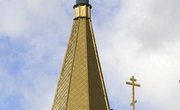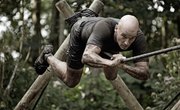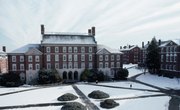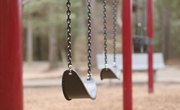For many modern students and teachers, the clearest vision of a 1940s prep school comes from John Knowles' 1959 novel "A Separate Peace," which is set at a preparatory school in New England during World War 2. Understanding the context of Knowles' novel requires understanding the unique role that prep schools played in American culture of the 1940s.
Preparatory Schools Explained
A "prep school," or preparatory school, is a secondary school in which students live in dorm rooms with their peers rather than returning home at the end of the day — a "boarding school," as opposed to a "day school." The schooling is intended to prepare students for college by giving them a well-rounded education; in the 1940s, prep schools also promoted physical fitness and well-being as being central to adolescent development.
1940s Preparatory School Elitism
Today, boarding schools are viewed as relatively egalitarian, but for many years they were widely seen as elitist clubs that created a "old boy network" of privileged youth disconnected from the society at large. This view was still prevalent in the 1940s, and didn't really change until toward the end of the decade — prep school administrators, seeing the national unity brought about by the Second World War, purposefully tried to shun the image of their institutions as closed circles for a privileged elite.
Prep School Curriculum
Prep schools in the 1940s did little to discourage people from seeing themselves as upper crust and snobbish. Government programs in the 1930s, intended to combat the Great Depression, introduced widespread vocational education — secondary school became a way to train youth for jobs in engineering and industry. Preparatory schools took a different view, offering classes in philosophy and Latin when many high schools were choosing to prioritize practical skills.
World War 2 and Preparatory Schools
Unlike the view presented in John Knowles' "A Separate Peace," most students at preparatory schools in the 1940s weren't able to escape the reality of World War 2. The schools stressed physical fitness, readying young men to enlist as soon as they graduated. Along with day schools, preparatory boarding schools participated widely in the high school "Victory Corps," which required youths to engage in war-oriented extracurricular activities.
Related Articles
References
- "Time" Magazine; Education: Good for the Soul; May 11, 1942
- "Lessons From Privilege: the American Prep School Tradition"; Arthur G. Powell; 1996
Writer Bio
Robert Allen has been writing professionally since 2007. He has written for marketing firms, the University of Colorado's online learning department and the STP automotive blog. He holds a bachelor's degree in anthropology from the University of Colorado at Boulder.










